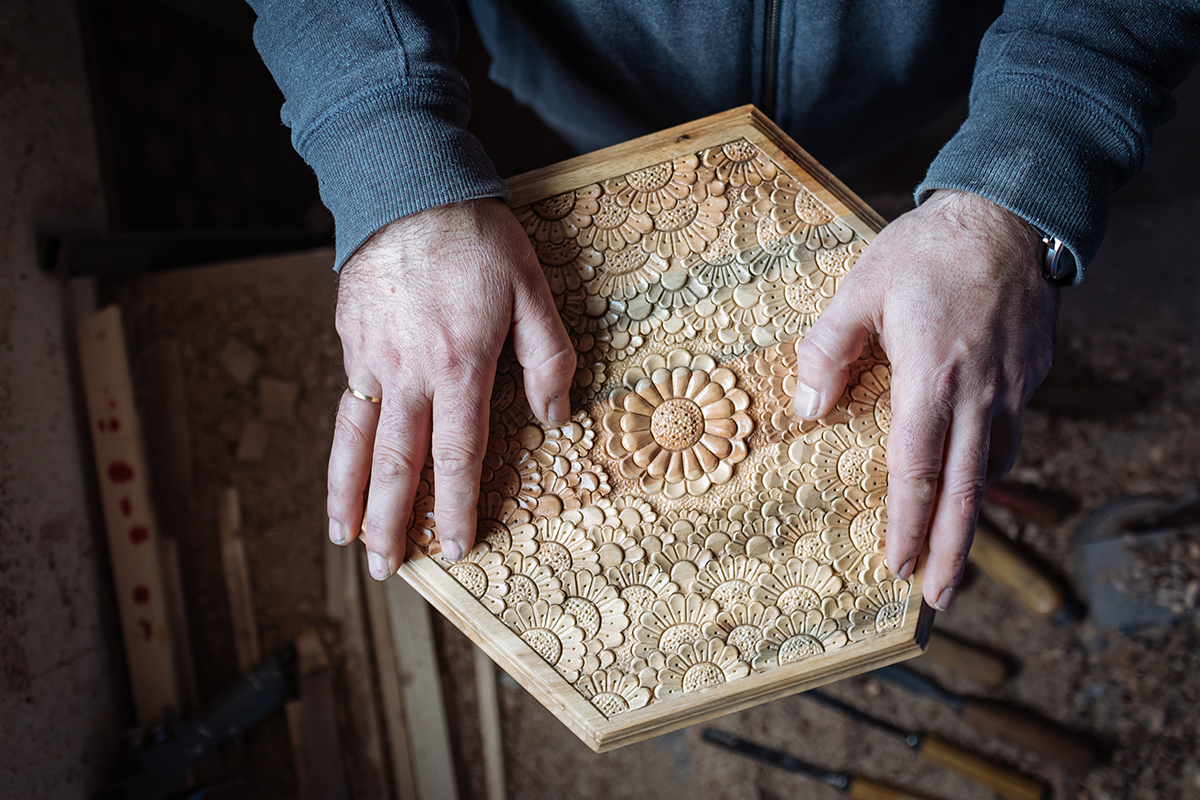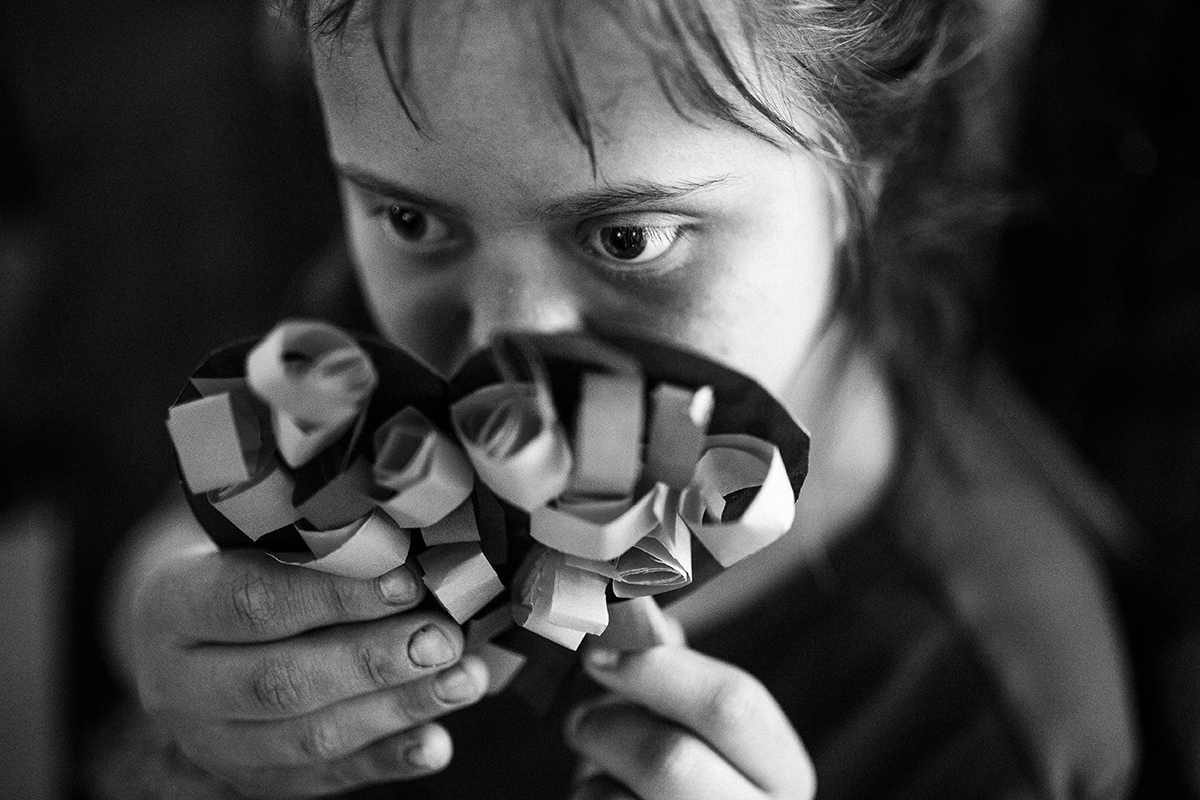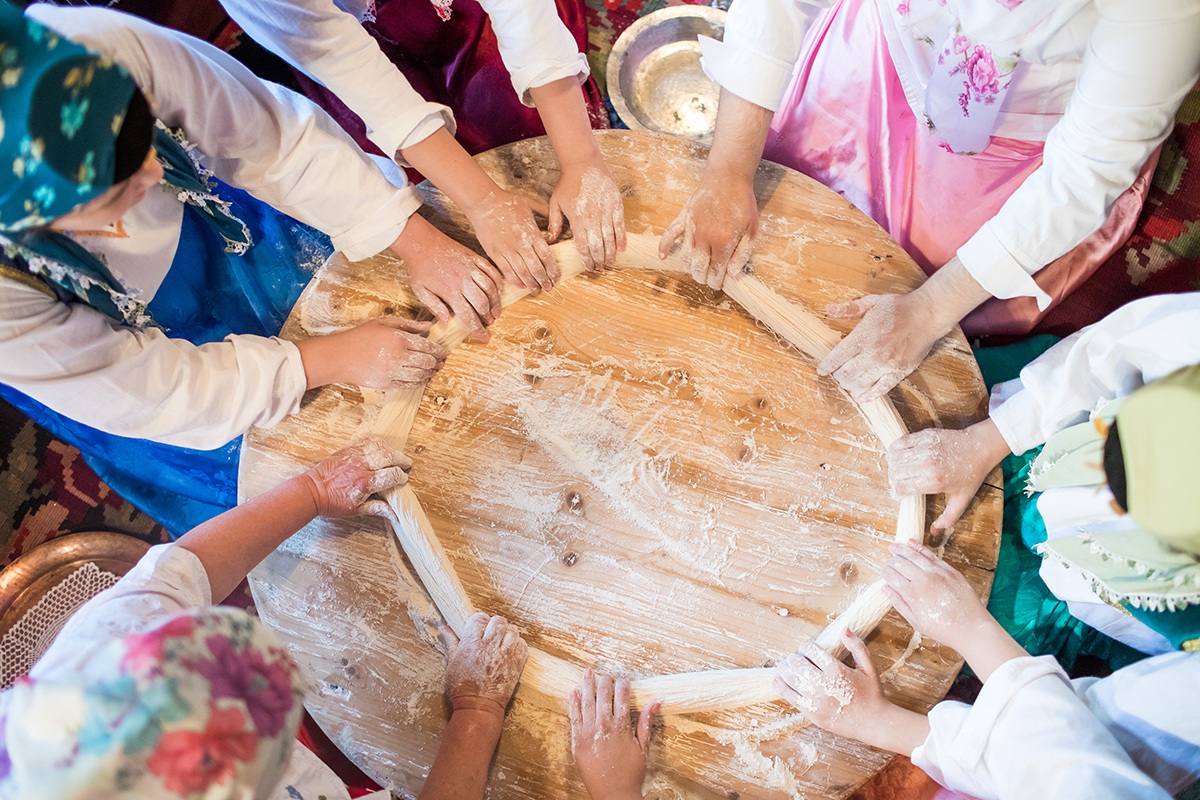Ćetenija is simple in ingredients but complicated in making. It requires multiple pairs of hands to pull the sugar dough through roasted flour, turning it into a wool-like paste. Coordinated teamwork is crucial; one wrong move and the paste can easily snap.
That is why at traditional Bosnian ‘sitting parties’, called sijelo, like the ones hosted by Ahmedbegović’s parents, guests would participate in the making of ćetenija. Some made the paste and pulled it; or played traditional music, sang or danced. Others cheered for ćetenija-makers or teased them,or did nothing but eat it once it was made. But they all would have a lot of fun. “It was easier to get through winters that way,” Ahmedbegović recalled.
“Bosnian’s intriguing dessert made by 12 hands”
More info HERE.

















